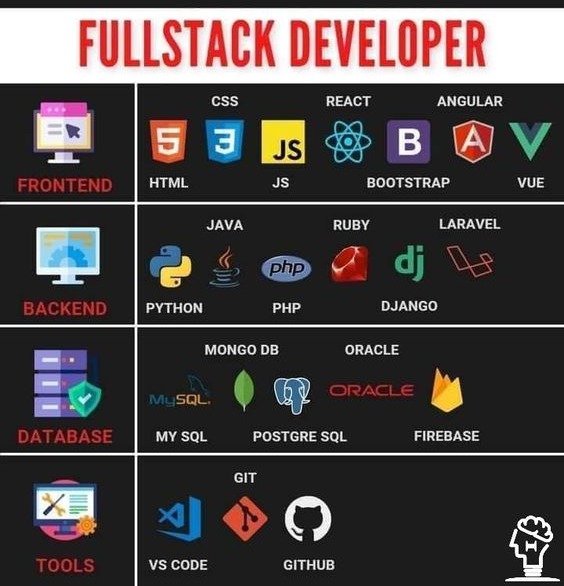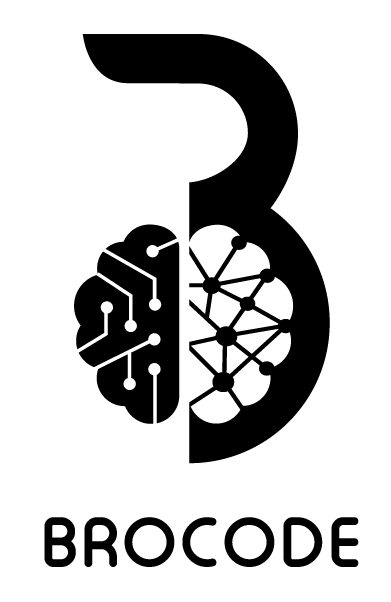Streamlining Web Development with Python’s Power, Simplicity, and Versatility
Embark on a journey from the front-end to the back-end of web development, exploring Python’s prowess as a versatile full-stack language. From designing user-friendly interfaces to managing complex server-side operations, learn how Python simplifies and enhances the complete web development process.

In an era where technology forms the backbone of virtually every industry, full-stack web development has emerged as a crucial skillset. Among the various languages vying for developers’ attention, Python’s simplicity and versatility make it an ideal choice for full-stack development. Our journey today takes us from the front-end to the back-end of web development, all under Python’s umbrella.
Python’s Front-End Forte
Contrary to popular belief, Python can indeed play a role in front-end web development, thanks to frameworks like Django and Flask that include template engines. These engines, like Django’s built-in Jinja2, allow developers to create dynamic HTML, CSS, and JavaScript.
Django’s ‘Don’t Repeat Yourself’ (DRY) principle and Flask’s lightweight, modular design offer flexibility in developing interactive, user-friendly interfaces. With Python-based tools like PyQT and Kivy, you can even build cross-platform applications with stunning GUIs.
Leverage Python for Back-End Brilliance
Python truly shines in back-end development. It offers numerous frameworks such as Django, Flask, and Pyramid, which provide robust, scalable solutions for server-side coding. These frameworks simplify the handling of HTTP requests, database management, and the execution of complex business logic.
Python’s readability and simplicity make debugging and maintenance easier, while its extensive library support handles a plethora of back-end functionalities. For instance, SQLAlchemy and Peewee help manage databases, while requests and Scrapy handle HTTP requests and web scraping, respectively.
Full Stack Python and DevOps Integration
Python integrates seamlessly with DevOps tools, enhancing the full-stack developer’s toolkit. It simplifies configuration management and deployment with tools like Ansible and Fabric. With Jenkins or Travis CI, you can automate Python application testing, ensuring code quality while minimizing errors.
Python’s compatibility with cloud platforms like AWS, Google Cloud, and Azure empowers developers to deploy scalable, cloud-based applications, thus fulfilling modern, demanding business needs.
Data Handling and Security in Python
Data is the lifeblood of any web application, and Python provides advanced tools for handling and analyzing it. Libraries like Pandas and NumPy allow developers to manipulate data, while Matplotlib and Seaborn make data visualization a breeze.
On the security front, Python frameworks offer built-in protections against common attacks like Cross Site Scripting (XSS) and SQL Injection. Furthermore, Python’s compatibility with advanced encryption and hashing libraries ensures data privacy and secure transactions.
The Power of Python in Microservices
In the realm of microservices, Python’s simplicity and robustness reign supreme. Flask and FastAPI are perfect for developing lightweight, efficient microservices. These Python-based microservices can easily interact with other services, regardless of the language they’re written in, showcasing Python’s adaptability in a diverse tech environment.
In conclusion, Python’s simplicity, flexibility, and powerful capabilities make it a one-stop solution for full-stack web development. Whether you’re crafting an appealing front-end or orchestrating complex back-end operations, Python facilitates a smooth, efficient web development journey from start to finish. Invest in Python today for a smarter, more streamlined tomorrow in full-stack web development.

